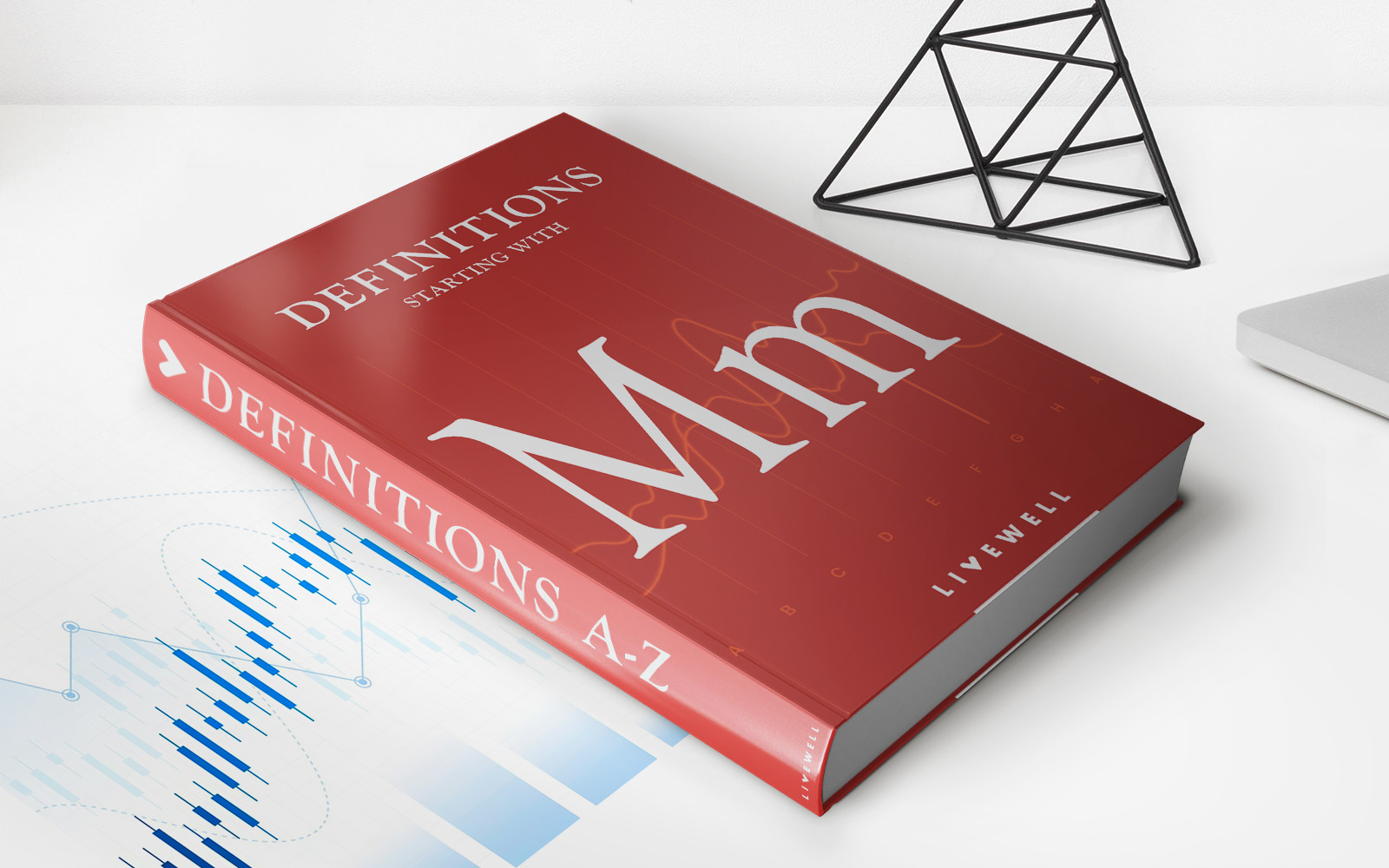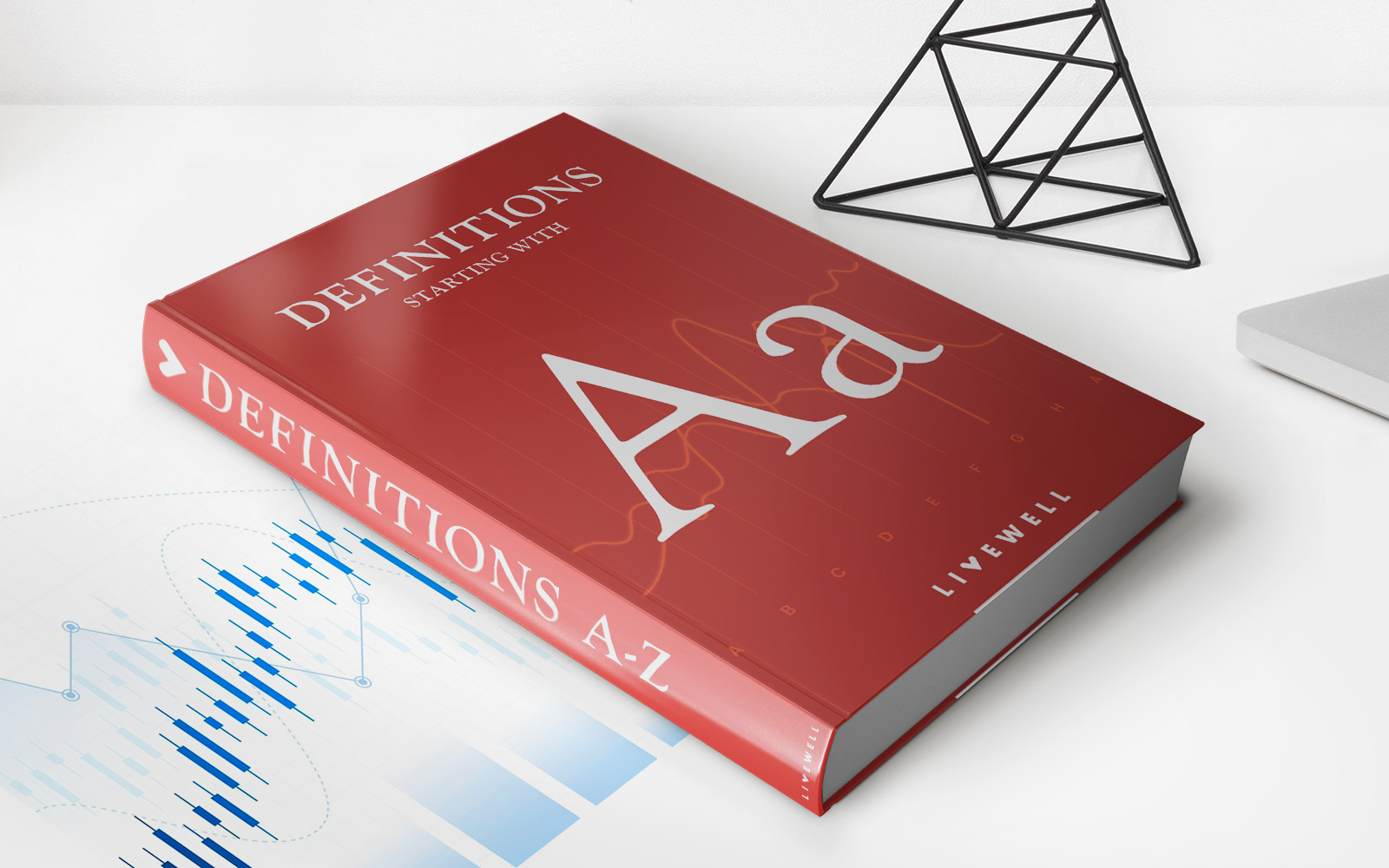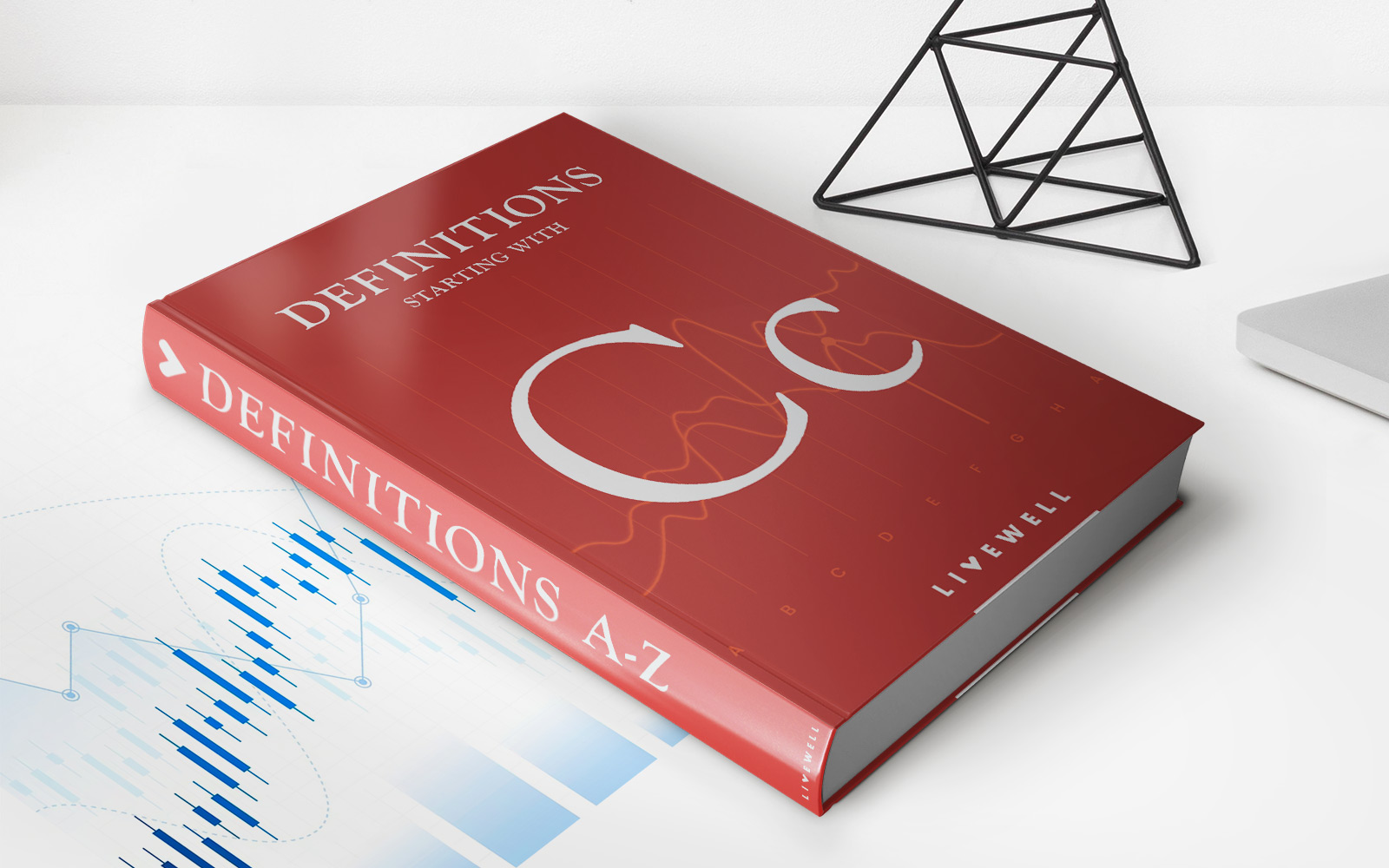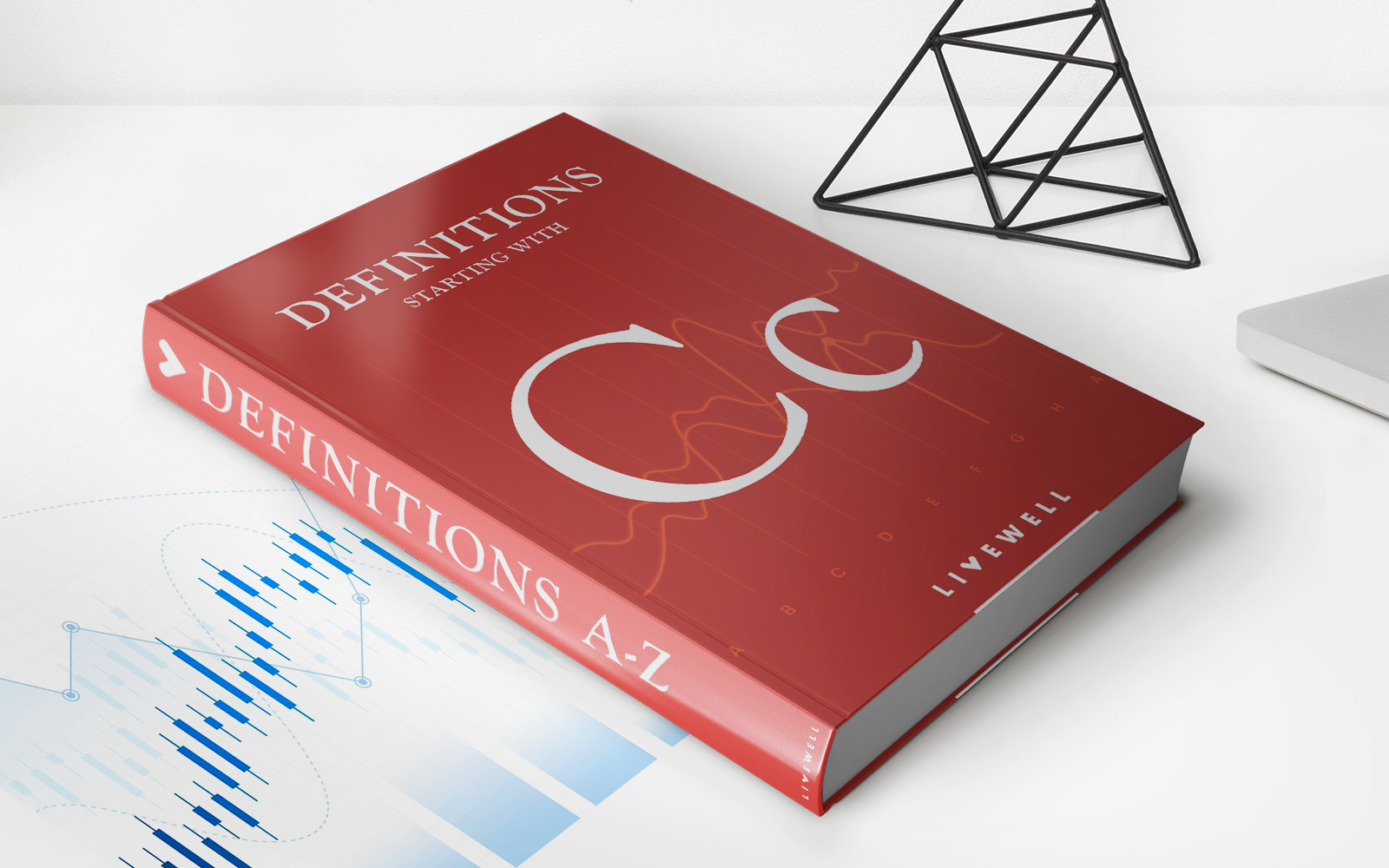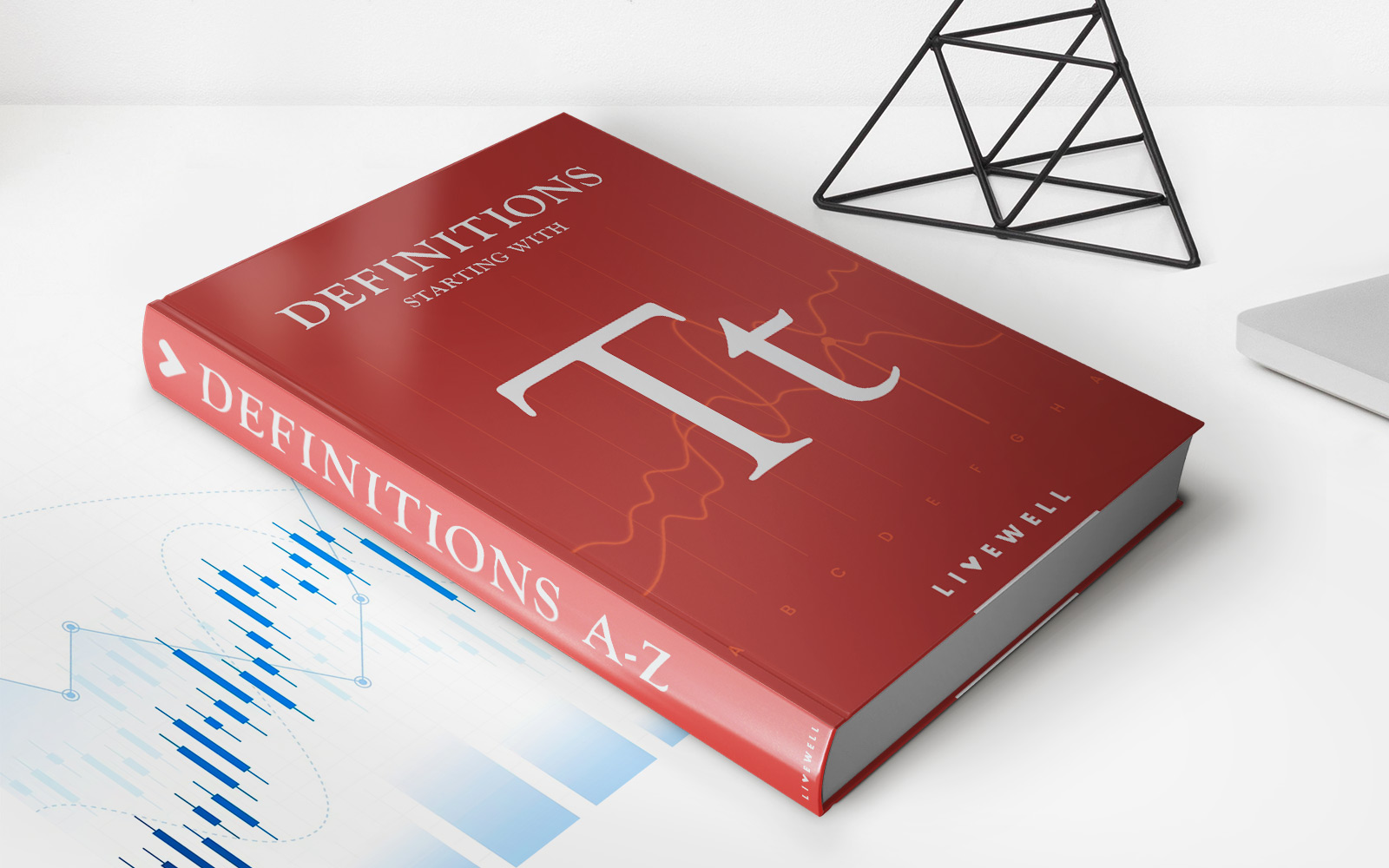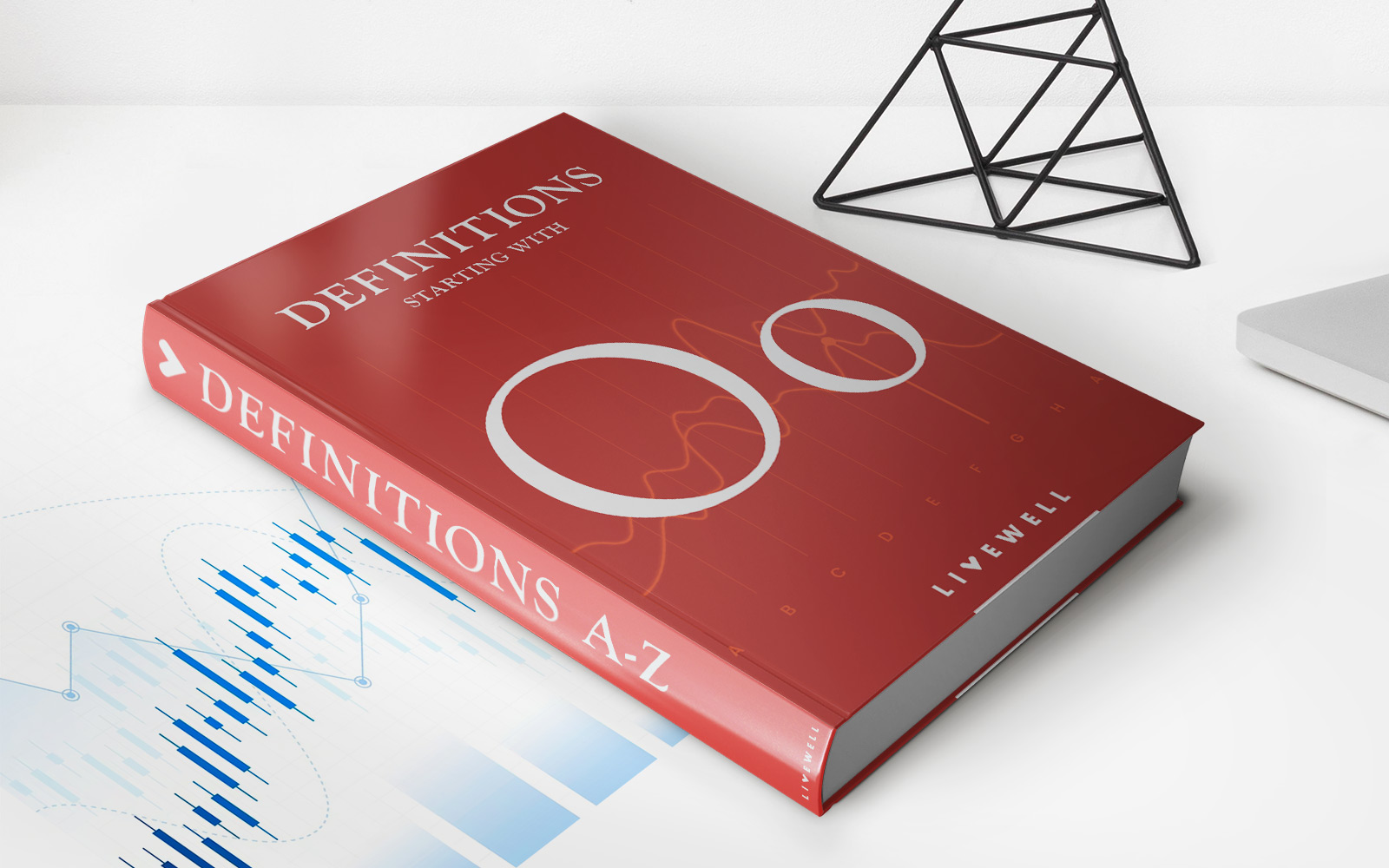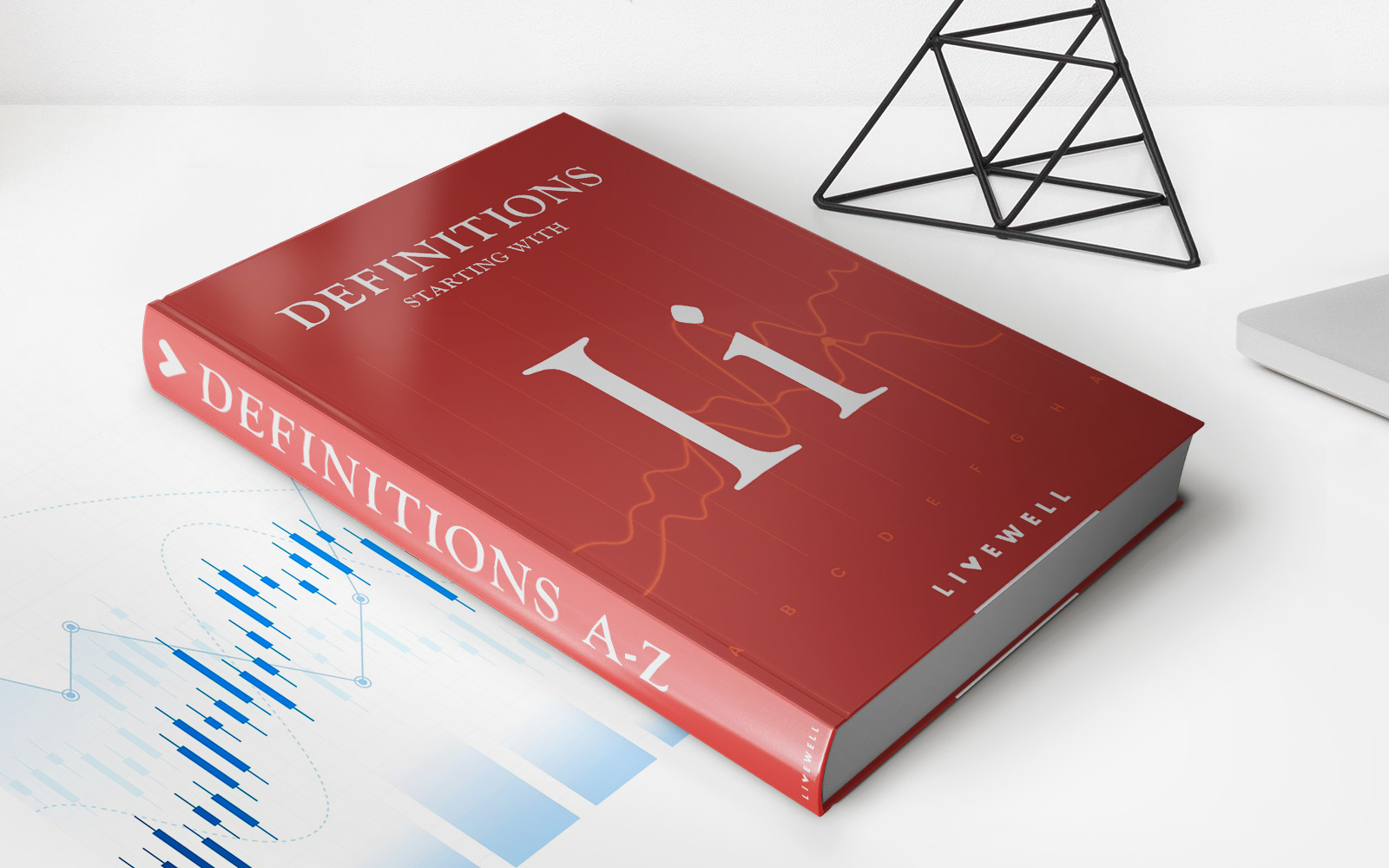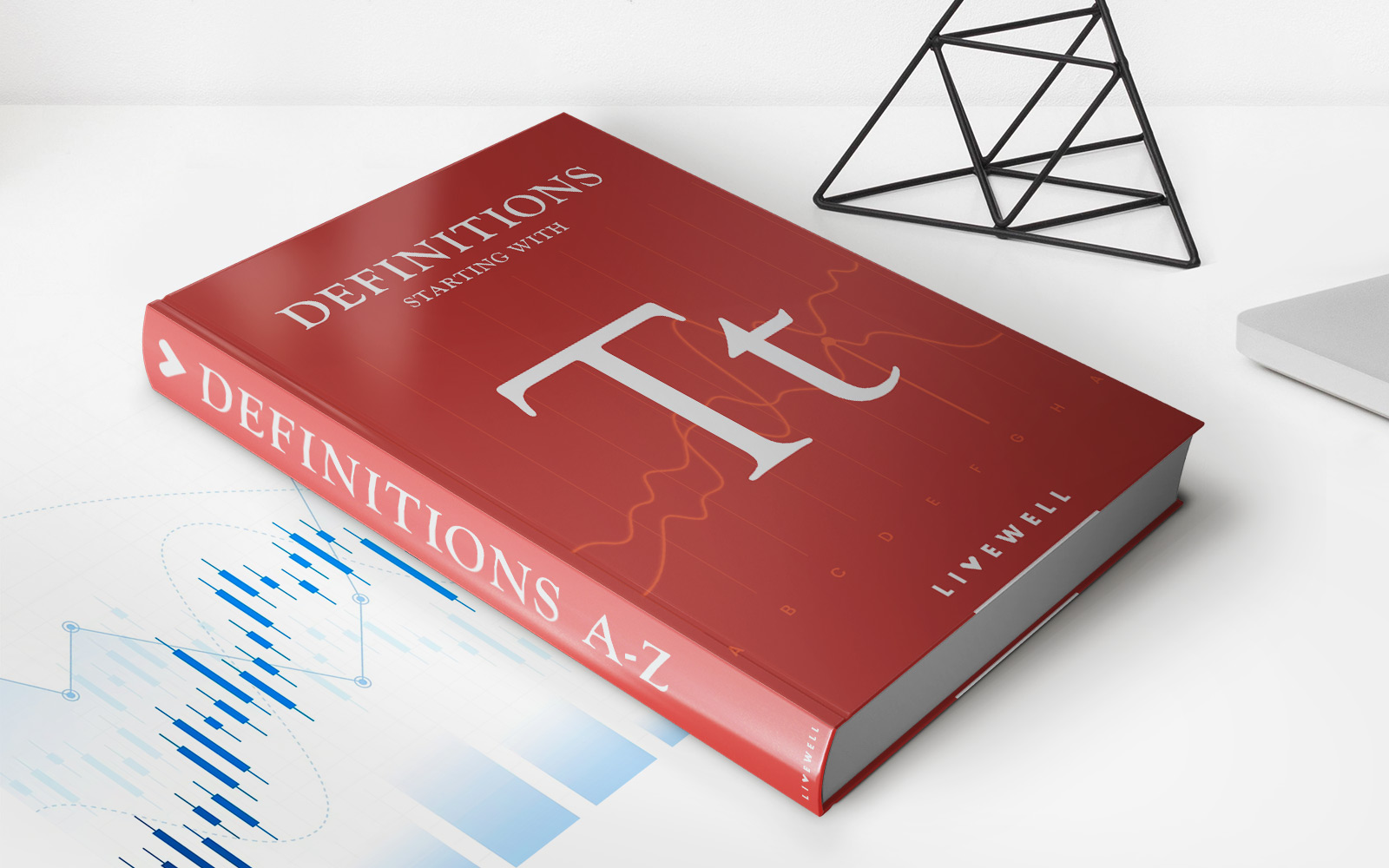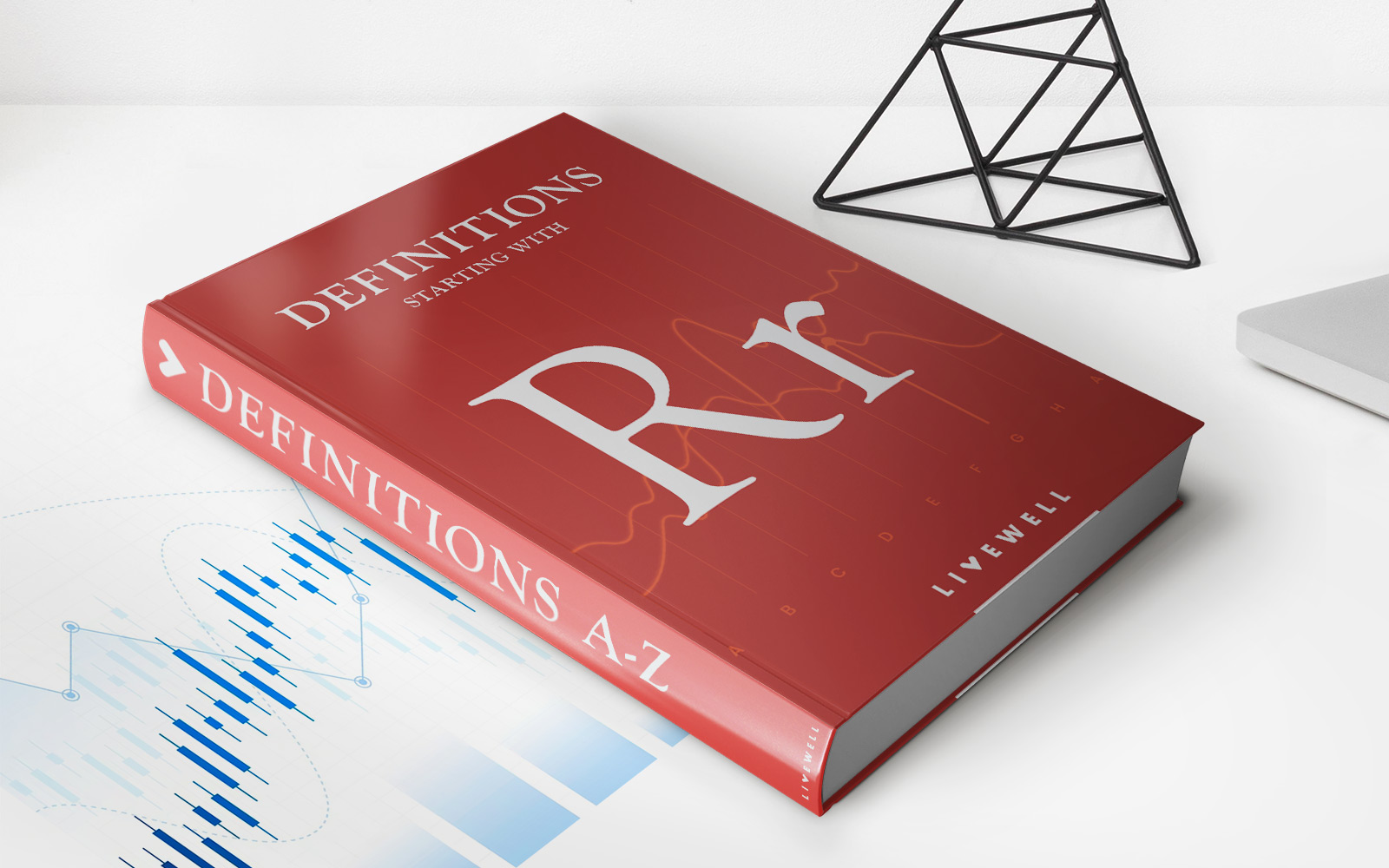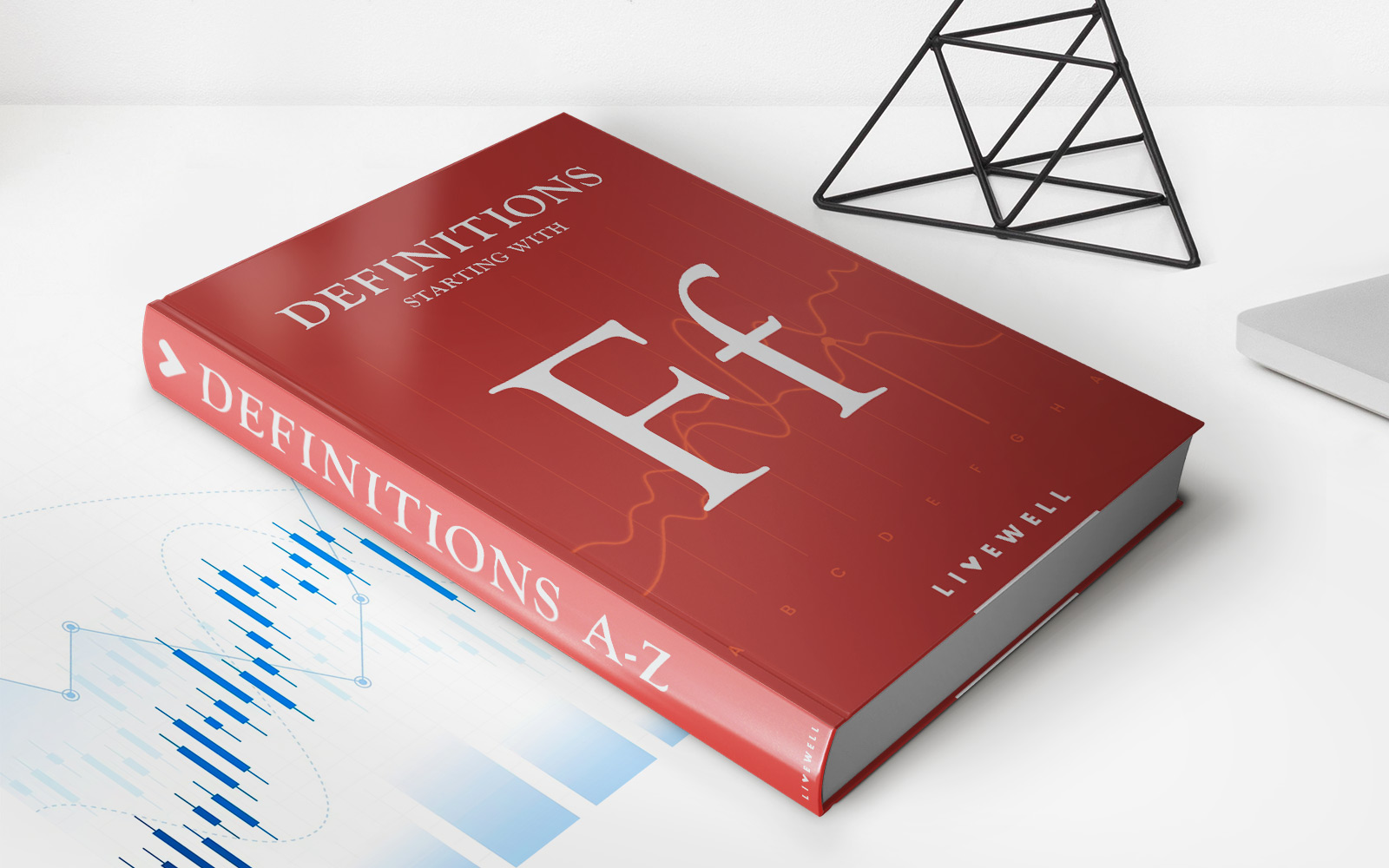Home>Finance>Portfolio Investment: Definition And Asset Classes
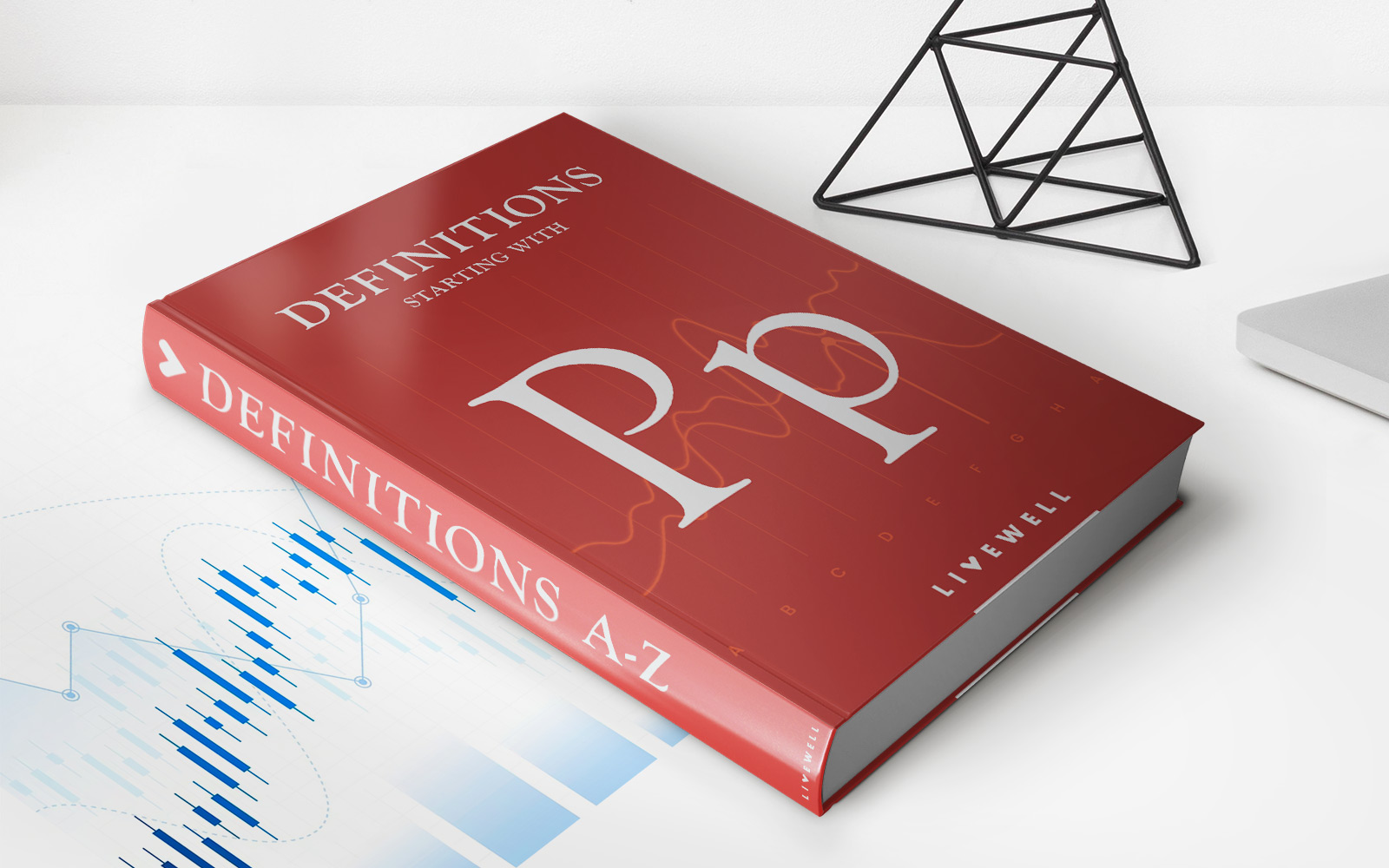

Finance
Portfolio Investment: Definition And Asset Classes
Published: January 9, 2024
Learn about portfolio investment and its various asset classes in the field of finance. Gain insights into different types of investments and their potential benefits.
(Many of the links in this article redirect to a specific reviewed product. Your purchase of these products through affiliate links helps to generate commission for LiveWell, at no extra cost. Learn more)
Portfolio Investment: Definition and Asset Classes
Welcome to our finance category! Today, we’re diving into the world of portfolio investment, a key concept in the realm of finance. If you’re new to the topic or looking to expand your knowledge, you’ve come to the right place. In this blog post, we’ll define portfolio investment and explore its various asset classes. So, let’s get started on this financial journey!
Key Takeaways:
- Portfolio investment refers to the process of investing in a diverse range of assets with the goal of achieving long-term financial growth.
- Asset classes, such as stocks, bonds, real estate, and commodities, offer unique characteristics and potential returns, allowing investors to create a well-rounded portfolio.
Understanding Portfolio Investment
So, what exactly is portfolio investment? Simply put, it is the practice of investing in a variety of assets to potentially increase wealth over time. Rather than putting all your eggs in one basket, portfolio investment aims to diversify your holdings to manage risks and maximize potential returns.
When constructing a portfolio, investors consider their financial goals, risk tolerance, and investment horizon. They allocate their funds across different asset classes, taking advantage of varying risk levels and potential returns. By spreading investments across diverse assets, investors can reduce their exposure to any single investment’s performance.
Asset Classes in Portfolio Investment
Now that we understand the concept of portfolio investment, let’s explore some of the common asset classes that investors consider:
- Stocks: Stocks represent ownership in a company. They offer potential long-term growth, but also come with higher volatility and risks.
- Bonds: Bonds are debt investments issued by governments or corporations. They provide steady income and are generally considered less risky than stocks.
- Real Estate: Real estate investments involve properties like land, buildings, or residential homes. They can offer income through rent and potential appreciation over time.
- Commodities: Commodities include physical goods like oil, gold, or grains. They can provide a hedge against inflation and offer diversification in a portfolio.
These are just a few examples of asset classes that investors may include in their portfolios. Each asset class has its own risk and return characteristics, allowing investors to customize their portfolio based on their individual preferences and goals.
Conclusion
Portfolio investment is a powerful tool that enables individuals to grow their wealth over time. By diversifying their holdings across various asset classes like stocks, bonds, real estate, and commodities, investors can potentially mitigate risk and maximize potential returns. Remember, constructing a well-rounded portfolio requires careful consideration of financial goals, risk tolerance, and investment horizon. So, start exploring different asset classes and build your own successful investment portfolio!
